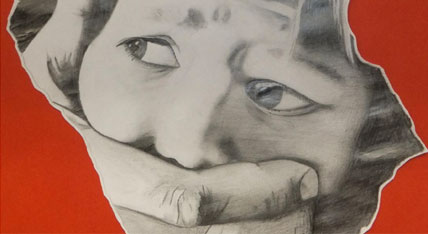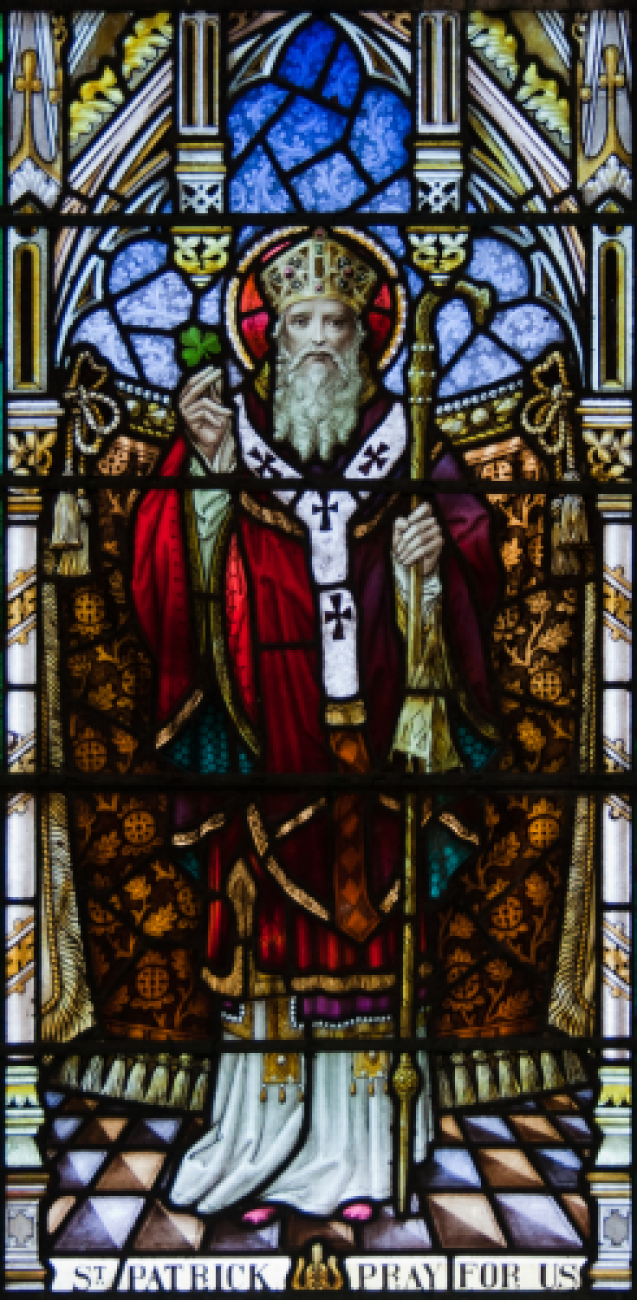
How Iris was Captured
Radio interview with a woman who was trafficked for sexual exploitation.
read more
Fifth-century bishop. Patron of Ireland. St Patrick was a Roman Briton, born somewhere on the west coast, between the Clyde and the Severn estuary. His father Calpurnius, was a civil official and a deacon. His grandfather was a priest.
When Patrick was 16, he was captured by slave traders, and taken to Ireland where he was used as a herdsman, traditionally at Slemish in Antrim. During this time, he spent many days alone working out on the hillsides in all weather. It was here that he began to learn to pray deeply. He also began to develop a great love for the Irish people.
After six years, Patrick was told in a dream that he would be returning to his own country. He then either escaped, or was freed, and made his way 200 miles to a port where he persuaded the sailors to take him with them.
After many adventures, including near-starvation, in a strange land, Patrick returned to his family, much changed. He received some training for the priesthood which included the Latin Bible, but it was not a ‘higher education’, something which he regretted in later life. It is said that he also trained for a time in Gaul, as a disciple of St Germanus.
In 435 Patrick was sent to Ireland, following Bishop Palladius who had spent a short time trying to establish a mission there. Patrick was far more successful. He brought the Gospel all over the north, centre and west of the country, establishing communities wherever he went. At Tara in Meath, it is said, he confronted the high king Laoghaire on Easter Eve. He kindled the light of the Paschal fire on the hill of Slane, silenced the Druids and won them over through his preaching.
In his Confession, Patrick describes some of the success of his missions, the opposition and dangers he encountered and the criticism of some who should have been his friends. In 444 he established his episcopal see at Armagh. By then he had other bishops and clergy to help him.
Towards the end of his life, Patrick made a forty-day retreat on Cruachan Aigli in Mayo, from which the traditional Croagh Patrick pilgrimage derives.
The only contemporary evidence of St Patrick’s life is found in his own writings: the Confession, in which he reviews his life and work, and the Letter to Coroticus, denouncing an attack on people from one of his parishes, by a British chieftain and slave trader. The hymn called the Breastplate is also attributed to St Patrick.
A recurring theme through his life is St Patrick’s sense of being called by God to the work he has undertaken, and his modesty in carrying it out. He writes: “I Patrick, a sinner, am the most ignorant and of least account among the faithful, despised by many. I owe it to God’s grace that so many people should through me be born again to Him.”
Read extracts St Patrick’s Confessions here: www.indcatholicnews.com/news/36726